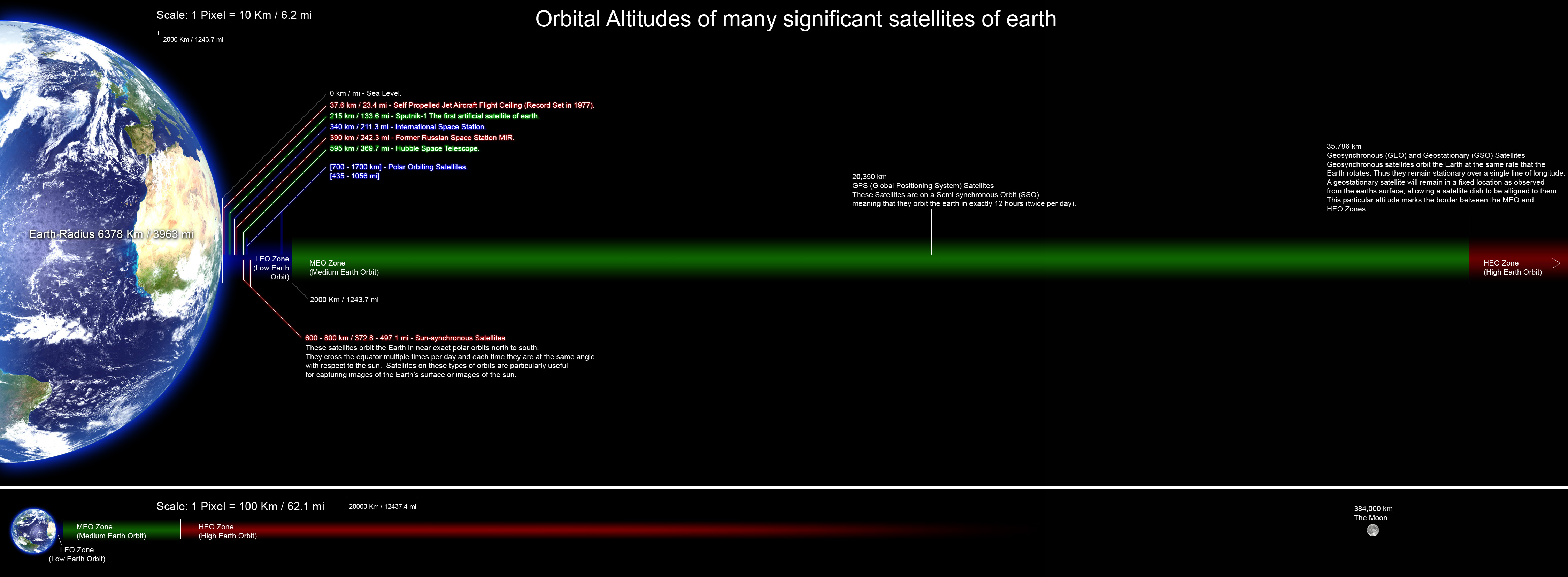Monday, October 15, 2012
Space Is Big
Imagine yourself sitting by one of those globes from school showing a scaled-down Earth -- they're usually about 12" to 18" in diameter. Now answer these two questions by imagining yourself waving your hand near the globe to indicate how far away you think is correct:
- Where does space begin?
- How far away is the Moon?
Where does space begin? I'd guess that you're probably going to wave your hand somewhere around 1 or 2 ft away from the little planet. But for what we popularly consider to be "space": if you smacked your hand right onto the globe you'd have been closer.
Compared to a 12" globe: Sunday's (amazing) skydive began 0.04" above the surface. That's about half of a ruler's little tick-mark. The International Space Station is 0.10", which is just one tick-mark. Most satellites are put into Low Earth Orbit, which maxes out at just under 2 inches away. The upper limit of Medium Earth Orbit -- which is home mostly to fancier & more expensive satellites -- goes up to only about 3 ft away.
How far away is the Moon? You probably waved your hand in the range of 3-5 ft distant from the globe, which is convenient since in your mental image of sitting/standing by this globe that's well-within an easy reach. Well... the Moon would actually be 30 feet away. Next time you're asked this question: leave the room and go next door.
The Sun? That's more than 2 miles away. Our nearest stellar neighbor, Alpha Centauri? By the scale of that 12" classroom globe, Alpha Centauri is well over twice the *actual* distance between Earth and the Moon. But since we already can't fathom that distance correctly in the first place- it's best to just call it a day at that.
Space is big. Our planet is small and we're even smaller.
Subscribe to:
Post Comments (Atom)

No comments:
Post a Comment